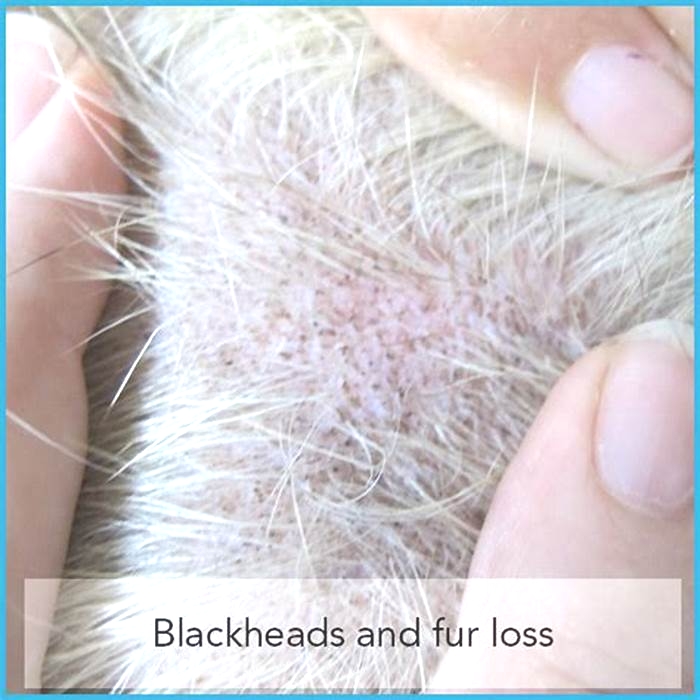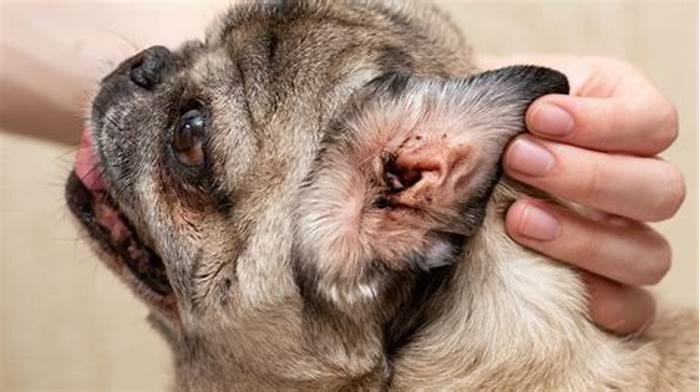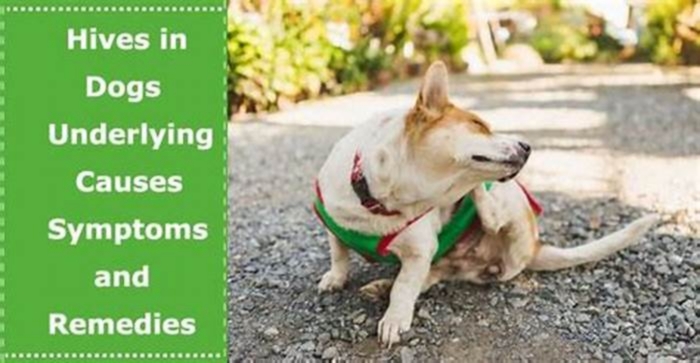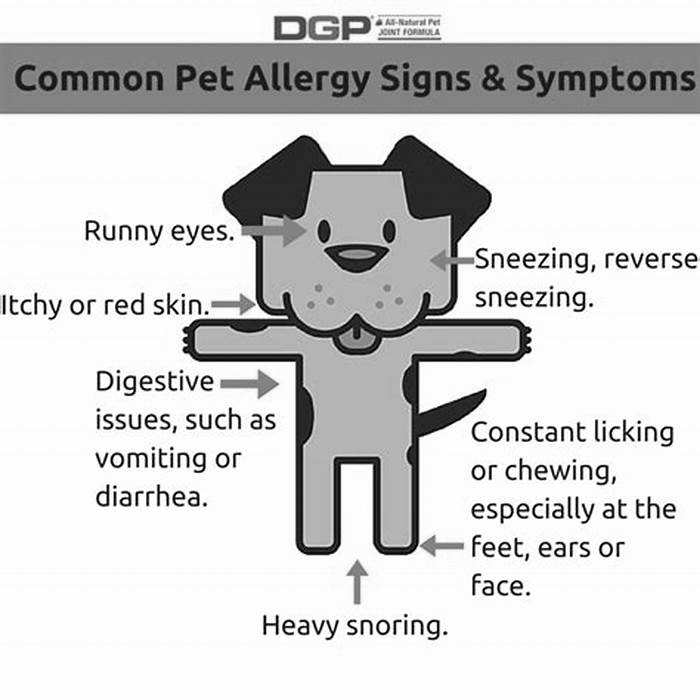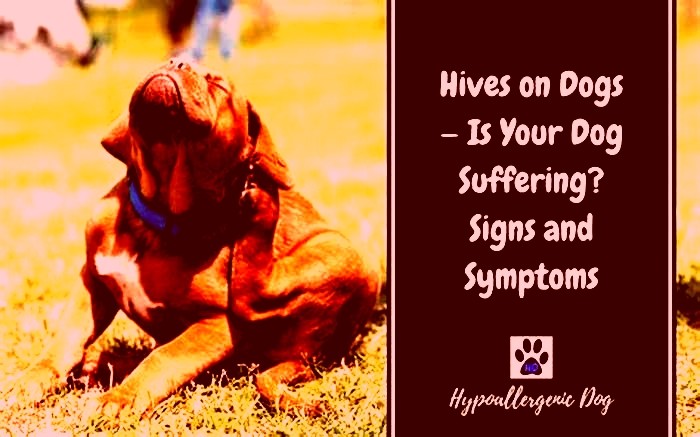What kills mites on dogs instantly

What Kills Mites on Dogs Instantly: Solutions for a Healthy Canine
Mites are a common parasite that can infest dogs, causing discomfort, irritation, and various skin issues. It is essential for dog owners to be aware of effective methods to eliminate mites promptly. This article explains how to identify mites in dogs and explores treatments that kills mites on dogs instantly. We will also discuss some preventative measures to ensure the well-being and happiness of your furry friend.
Understanding Mites and their Impact
Mites are tiny arthropods that belong to the spider family. They can affect dogs of all ages and breeds, causing skin problems such as itching, hair loss, inflammation, and even secondary infections. The most common types of mites that infest dogs include Sarcoptes scabiei (sarcoptic mange mites), Demodex canis (demodectic mange mites), and Cheyletiella spp. (walking dandruff mites). These parasites can spread rapidly, leading to severe discomfort for dogs if left untreated.
How do I know if my dog has mites?
Here are some common symptoms of mites in dogs:
- Excessive Itching: Mite infestations often cause intense itching in dogs. If you notice your dog scratching excessively, biting or licking certain areas of their body, it could be a sign of mites.
- Hair Loss: Mites can cause patchy hair loss in dogs. Keep an eye out for bald spots or areas where the fur appears thin and brittle.
- Skin Irritation and Redness: Mites can irritate the skin, leading to redness, inflammation, and the development of sores or scabs. Check for any signs of skin irritation or abnormal redness.
- Presence of Mite-related Skin Conditions: Different types of mites can cause specific skin conditions. For example, sarcoptic mange mites can cause intense itching, hair loss, and crusty lesions. Demodectic mange mites may result in localized or generalized hair loss and redness. Cheyletiella mites, also known as walking dandruff, can cause flaky skin and visible white mites moving on the skins surface.
- Changes in Behavior: Mite infestations can make dogs restless, irritable, or unusually lethargic. They may exhibit signs of discomfort or pain.
- Ear Problems: Ear mites are a common type of mite that specifically affects the ears. If your dog frequently scratches at their ears, shakes their head, or shows signs of ear inflammation, it could indicate an ear mite infestation.
If you observe any of these symptoms in your dog, it is crucial to consult a veterinarian. A veterinarian can perform a thorough examination, skin scrapings, or other diagnostic tests to determine if mites are the cause of your dogs discomfort. They will be able to provide appropriate treatment options based on the specific type of mite and severity of the infestation.
What kills mites on dogs instantly?
While mites on dogs can be very worrisome, the good news is that most mite infestations can be treated with a simple anti-parasitic wash. There are some shampoos which youll find in local pet stores and online that kills mites on dogs instantly. Always check with your vet first if youre unsure.
Medications.
a. Prescription Medications: Veterinary-prescribed medications are the best solution that kills mites on dogs instantly. These may include topical treatments, oral medications, or injectables. Products containing active ingredients such as selamectin, moxidectin, or ivermectin are commonly recommended to kill mites effectively. Always consult with a veterinarian for appropriate dosage and administration instructions.
b. Over-the-Counter (OTC) Treatments: Some OTC products can also help combat mites, but their efficacy may vary. Be cautious when using these treatments, as some may contain harsh chemicals that can irritate your dogs skin.
c) Natural remedies: there are some natural remedies for mites on dogs, such as neem oil or tea tree oil. However, its important to consult with a veterinarian first, as these remedies may not be suitable for every dog.
Shampoos and Dips.
Specialized medicated shampoos and dips can be effective in killing mites on contact. These products often contain ingredients like benzoyl peroxide or sulfur, which have mite-killing properties. Follow the instructions provided by the manufacturer and thoroughly rinse your dog to remove any remaining residue.
Products for Mites and Fleas.
The following are some of the best products that kills mites on dogs instantly:
- OUT! Natural Flea, Tick and Mite Treatment Spray.
- SynergyLabs Antiparasitic & Antiseborrheic Medicated Shampoo for Dogs
- Johnsons Dog Flea Shampoo
- Paddipaws 100% Natural Antifungal and Antibacterial Dog Shampoo
Mite Prevention and Long-Term Management.
Remember, prevention is key when it comes to mites. By following these preventive measures and maintaining good hygiene practices, you can significantly reduce the risk of mite infestations and keep your dog healthy and comfortable.
- Regular Veterinary Check-ups: Schedule regular check-ups with your veterinarian to monitor your dogs overall health. Your vet can perform routine screenings for mites and recommend preventive treatments if necessary.
- Good Hygiene and Grooming Practices: Regularly groom your dog by brushing their coat to remove loose hair, debris, and potential mites. This helps maintain healthy skin and reduces the chances of mites finding a suitable environment to thrive.
- Clean Living Environment: Keep your dogs living area clean and hygienic. Regularly wash their bedding in hot water to kill any mites or eggs. Vacuum and clean your home thoroughly, paying extra attention to areas where your dog spends time. This includes carpets, upholstery, and other surfaces where mites may reside.
- Avoid Contact with Infested Animals: Avoid contact between your dog and animals known to have mite infestations. This includes stray dogs, animals with visible signs of mite-related conditions, or animals from unclean environments. When visiting places like dog parks or kennels, be mindful of other dogs health and hygiene.
- Flea and Tick Prevention: Use appropriate flea and tick preventive products recommended by your veterinarian. While fleas and ticks are different from mites, preventing these common parasites can help reduce the risk of mite infestations indirectly. Some products also offer protection against mites.
- Nutrition and a Healthy Lifestyle: Ensure your dog receives a balanced diet and proper nutrition to maintain a strong immune system. A healthy lifestyle, including regular exercise and a stress-free environment, can also contribute to your dogs overall well-being and immune function.
Remember, prevention is key when it comes to mites. By following these preventive measures and maintaining good hygiene practices, you can significantly reduce the risk of mite infestations and keep your dog healthy and comfortable.
How do dogs get mites?
Dogs can get mites through various means, including direct contact with infested animals, exposure to mite-infested environments, or being born with mites. Here are the common ways dogs can acquire mites:
- Contact with Infected Animals: Dogs can contract mites through direct contact with other animals that are infested. This can occur during social interactions with other dogs, such as playing or grooming, or through contact with other animals in environments like dog parks, kennels, or shelters.
- Environmental Exposure: Mites can survive in the environment, such as in bedding, carpets, or grassy areas. When dogs come into contact with these infested areas, mites can latch onto their fur or skin. This is particularly common with certain types of mites, like Cheyletiella, which can easily transfer from one animal to another through contact with shared living spaces.
- Maternal Transmission: Some mites, such as Demodex mites, can be passed from a mother dog to her puppies during the nursing period. Puppies can inherit mites from their mother if she has an existing infestation. Its important to note that Demodex mites are commonly found on healthy dogs, and infestation typically occurs when the puppys immune system is weak or compromised.
- Outdoor Exposure: Dogs that spend a significant amount of time outdoors, especially in wooded or grassy areas, may have a higher risk of mite infestations. Mites can reside in the environment and attach themselves to a dogs fur as they explore their surroundings.
- Weakened Immune System: Dogs with weakened immune systems due to illness, stress, malnutrition, or other underlying health conditions may be more susceptible to mite infestations. A compromised immune system may not be able to effectively fight off mite infestations, allowing them to thrive on the dogs skin.
Its important to note that mites are a common occurrence in dogs, and not every dog that comes into contact with mites will develop an infestation. However, its essential to monitor your dogs health, practice good hygiene, and take preventive measures to minimize the risk of mite infestations. Regular veterinary care, maintaining a clean living environment, and avoiding contact with known infested animals can help reduce the likelihood of mite infestations in dogs.
Can humans get mites from dogs?
Yes, humans can potentially get mites from dogs, although it is rare. Most mites that affect dogs are species-specific, meaning they prefer the host species they are adapted to. However, in certain situations, mites can come into contact with humans and cause mild skin reactions. The risk of mite transmission from dogs to humans can be minimized by practicing good hygiene. Blue Cross advise that you should keep an infected dog off the furniture you share, wash their bedding and avoid very close contact.
If you suspect you may have been exposed to mites from your dog and experience persistent skin issues or discomfort, it is recommended to consult a healthcare professional for an accurate diagnosis and appropriate treatment.
Bottom Line.
When it comes to mite infestations in dogs, prompt action is essential. If you suspect that your dog has been infested with mites, consult with a veterinarian for accurate diagnosis and treatment options. They will help suggest treatments that effectively kills mites on dogs instantly. Its also very important that you maintain a clean environment and practice regular grooming.
Up next:15 Airlines That Allow Flying With Dogs In-Cabin [Prices & Policies]Puppy Travel Sickness: All you need to knowDog Sedatives: Should I use them?
Mites on dogs: How to recognize and treat these parasites
Discovering mites on dogs is always going to be alarming. On the one hand, it means these tiny arachnids are living on your pet, causing discomfort, hair loss, inflammation and itching. On the other hand, it also means theyre in your home, with the potential of infecting you and the rest of your family. Feeling grossed out all of a sudden? Weve got you.
Since mites are microscopic (theyre smaller than the width of a human hair, near-impossible to see with the naked eye and look like small black dots), they can be easily missed until you begin to notice the symptoms. Left untreated, they can cause two separate skin diseases in dogs: demodicosis and scabies.
Since mites can be passed from dog to dog either directly or indirectly, you may find you have an even larger problem on your hands if you have more than one pooch at home. In any case, although you can use the best dog shampoo to keep coats clean and smelling fresh, you shouldnt attempt to directly treat mites yourself. Home remedies are ineffective and they can also harm your dog.
Instead, regardless of which species of mite is causing your dogs skin problems, you will need an accurate diagnosis and veterinarian-prescribed treatment if you want to eliminate mites. To that end, its a good idea to check out a vet's guide to mange (the name for an itchy skin condition caused by mites) as well as the advice from our expert vet Dr Catherine Barnette below.
Catherine Barnette DVMAfter graduating from the University of Florida, having gained a B.S. in Zoology and her Doctor of Veterinary Medicine (DVM), pet lover and expert Dr Barnette went on to rack up 15 years of clinical experience working as a small animal veterinarian, treating fur friends including dogs, cats, and occasional exotic patients. Dr Barnette now creates educational copy for PetsRadar and content for fellow veterinarians and pet owners, working as a freelance veterinary writer.
Types of mites on dogs
Two common mites affect dogs: Demodex canis (often referred to as demodex) and Sarcoptes scabiei (often referred to as sarcoptes).
Demodex canis
Demodex mites cause a skin condition referred to as demodicosis or demodectic mange. Demodicosis is most common in young puppies (whose immune systems are not fully developed) and in dogs that are immunosuppressed due to stress, immunosuppressive drugs, or an underlying illness.
Most young puppies are infected with a few demodex mites by their mother when they are very young but, as a puppy grows and matures, their immune system keeps these mites in check and prevents an active, overwhelming infection. In some cases, however, the dogs immune system fails to suppress the mites, allowing the mites to proliferate within the hair follicles. But demodicosis is not a contagious skin condition; your dog cannot become infected with demodex mites through contact with an infected dog.
Sarcoptes mites
Sarcoptes mites cause a condition known as scabies or sarcoptic mange. Scabies is a contagious skin disease. This infection spreads from an infected dog to an uninfected dog. In rare cases, even cats can be infected with scabies. Scabies typically spreads when two animals are in direct contact with each other, but the mites can also survive on bedding and other surfaces for several days and be passed in that way.
Can you see dog mites with the human eye?
Some animal mites can be seen with the naked eye, such as Cheyletiellia, also known as walking dandruff. This mite is most common in cats and rabbits, but it can occasionally infect dogs.
Demodex and sarcoptes, the two most common mites in dogs, however, are very small, measuring between 0.5 and 2.0mm in length. That makes them virtually invisible to the naked eye. If your dog has demodicosis or scabies, youll tend to only see evidence of the damage caused by the mites.
Symptoms
Demodicosis and scabies affect the skin of infected dogs and, since there can be significant overlap between these two conditions, its important to work with a veterinarian to obtain an accurate diagnosis.
The most common sign of canine demodex is hair loss. Demodex mites live within the hair follicle, resulting in inflammation that causes the hair to fall out. This hair loss may affect a single part of the body (localized demodex) or may be widespread (generalized demodex).
Some affected dogs also develop itching and redness of the skin. Itching and inflammation may indicate the presence of a secondary bacterial infection.
The most common sign of scabies is severe itching. The saliva and fecal matter of scabies mites trigger a severe itch response in most dogs; affected dogs may be so itchy that they seem unable to get comfortable. While scabies mites do not affect the hair follicles, affected dogs may scratch themselves so vigorously that they scratch their hair out. The skin is often red and inflamed, and dogs may be especially itchy around their ears.
Can I catch mites from my dog?
The zoonotic (animal to human) transmission potential of mites depends on which mite your dog is infected with. Demodicosis is not contagious to humans. We have our own species of demodex mite but we cannot become infected with canine demodex mites.
Scabies, in contrast, is a zoonotic parasite. You can become infected with scabies through contact with an infected dog. Fortunately, the scabies mites that live on dogs do not survive on humans for very long. (We have our own human-specific scabies mite that causes human scabies infections.)
Dog scabies can trigger intense itching in people, but this is often short-lived and will resolve within a number of days. Canine scabies does not typically cause long-lasting infections in humans.
When to see a vet
If you suspect that your dog may have mites (or any other skin condition), schedule an appointment with your veterinarian. You will be asked a number of questions in order to gain an understanding of your dogs history. Your vet will also perform a thorough physical examination, including a detailed evaluation of your dogs skin. Based on your dogs history and clinical appearance, the veterinarian will recommend appropriate diagnostic tests to determine the cause of your dogs skin issues.
Demodicosis is usually easy to diagnose using a test called a skin scrape. In this test, your vet obtains samples from the deep layers of the skin and examines them under the microscope. Seeing demodex mites on the skin scrape confirms a diagnosis of demodicosis.
A superficial (shallow) skin scrape may be beneficial in diagnosing scabies, but sarcoptes mites are not always easy to find. In some cases, repeated skin scrapes may fail to find mites in dogs infected with scabies. Therefore, scabies is often diagnosed based on clinical appearance and response to appropriate treatment.
How to get rid of mites on dogs
Your veterinarian will prescribe an appropriate treatment, depending on whether your dog is diagnosed with demodex or scabies. It includes oral medications, spot-on topical products, or medicated shampoos. If your dog has developed a secondary skin infection as a result of mites, your veterinarian may also prescribe an antibiotic to give with your dogs skin mite treatment.
If your dog is diagnosed with scabies, you can expect to see a response to treatment within a few weeks, and the mites will likely be cleared within six to eight weeks. Demodex often requires a more prolonged course of treatment. Dogs are typically rechecked once monthly during treatment (to assess response to therapy) and treatment may be continued for six months or more.
Mites are not the only living nuisances affecting dogs. You can find out how to treat a dog with worms and learn how to get rid of fleas in your home and on your pet.



